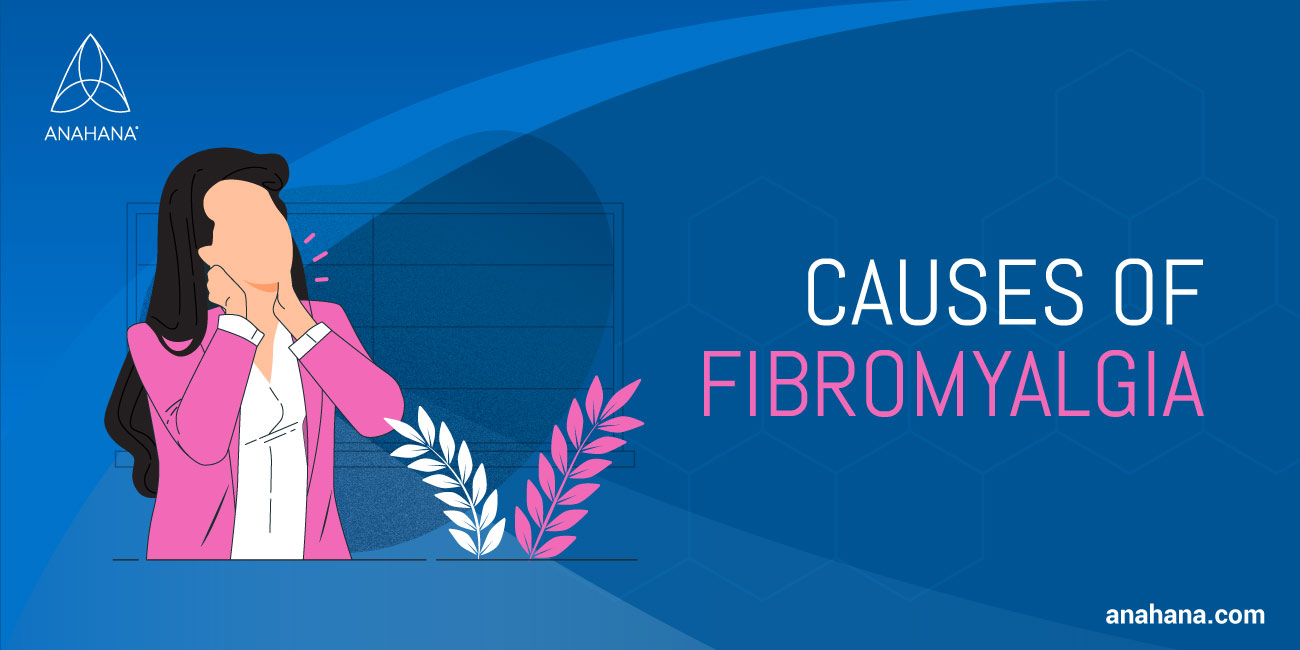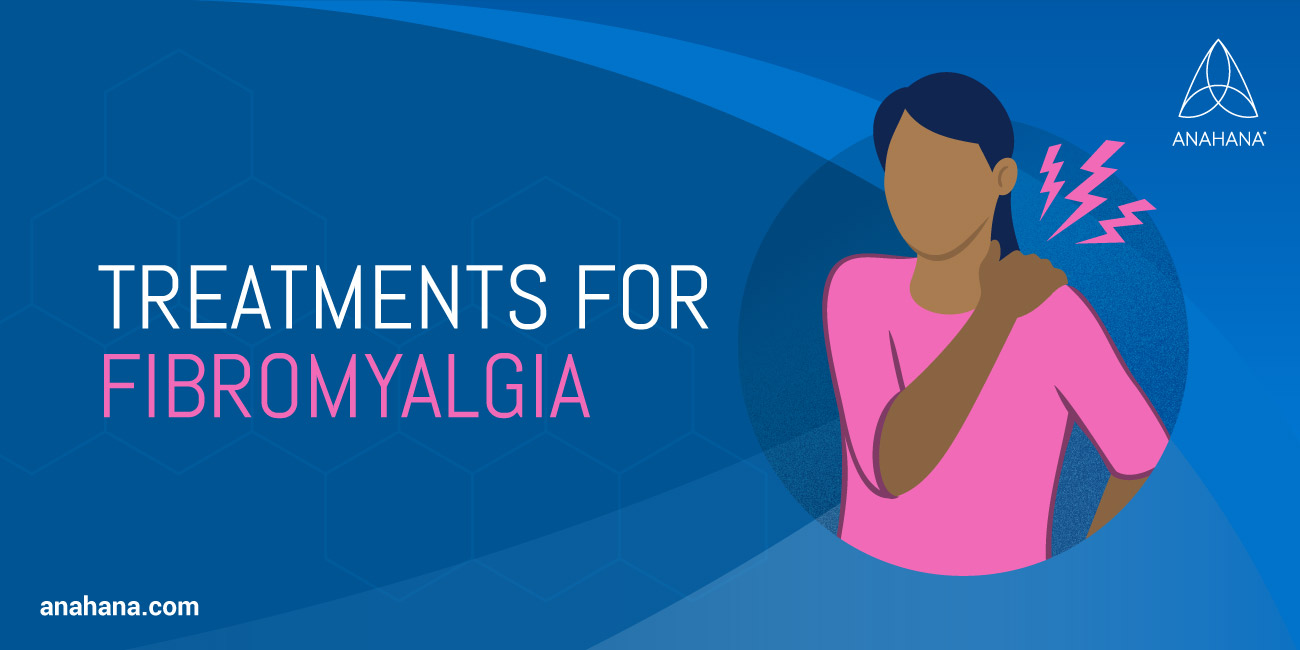4
What is Fibromyalgia
Last Updated: November 4, 2024

Table of Contents
Fibromyalgia is a condition known for causing pain throughout a person’s body. Although there are no known cures for fibromyalgia, treatments, including various forms of exercise, stress management, and medications, can help relieve symptoms and improve a patient’s quality of life.
Key Takeaways
- Definition: Fibromyalgia, also known as fibromyalgia syndrome (FMS), is a chronic condition causing chronic widespread pain, fatigue, and sleep disturbances.
- Symptoms: Include widespread chronic pain, muscle stiffness, fatigue, sleep disorders, and cognitive issues like "fibro fog."
- Causes: Likely due to abnormal pain perception processing, with risk factors including age, rheumatoid arthritis, repetitive stress, physical or emotional trauma, and family history.
- Treatments: Treating fibromyalgia involves medications, pain relievers, muscle relaxants, physical therapy, and lifestyle changes like exercise and stress management to relieve pain.
- Diagnosis: Diagnose fibromyalgia based on chronic widespread pain for over three months, often ruling out other conditions with a physical exam and tests.
What is Fibromyalgia
Fibromyalgia, also called fibromyalgia syndrome (FMS), is a chronic condition that causes widespread pain throughout the body and other symptoms, including fatigue, decreased mood, and problems with sleep. Although the cause of fibromyalgia is not fully known, it is linked to the nervous system and increased sensitivity to pain.
Fibromyalgia Symptoms and Complications
The main symptoms of fibromyalgia are widespread chronic pain and tenderness, especially in the body's muscles. Body fatigue and stiffness are also symptoms of fibromyalgia. The pain can come and go and move to different areas of the body. People with fibromyalgia often also have tender points. These points are specific areas of the body that are more sensitive to touch. These points are usually around the joints of the body, such as near the shoulders, elbows, knees, and hip bones.
Fibromyalgia is also associated with other symptoms, including emotional stress and sleep disorders. People with fibromyalgia may also experience fatigue and difficulties with memory and concentration, commonly referred to as “fibro fog.” Digestive problems such as abdominal pain and irritable bowel syndrome are related to fibromyalgia. Symptoms often are worsened when there are higher levels of stress, when a person has another illness, when there is overstretching or overuse of the muscles and in hot weather.
Causes and Risk Factors of Fibromyalgia
 Research suggests that the pain associated with fibromyalgia is due to abnormal pain perception processing. This abnormal processing may be due to repeated nerve stimulation which causes the brain to become more sensitive and overactive to pain signals. Other factors increase the risk of developing fibromyalgia, including negative childhood experiences or emotional trauma (such as PTSD), viral infections, diet, and environmental factors.
Research suggests that the pain associated with fibromyalgia is due to abnormal pain perception processing. This abnormal processing may be due to repeated nerve stimulation which causes the brain to become more sensitive and overactive to pain signals. Other factors increase the risk of developing fibromyalgia, including negative childhood experiences or emotional trauma (such as PTSD), viral infections, diet, and environmental factors.
Some other risk factors include:
- Older age
- Having lupus or rheumatoid arthritis
- Repetitive injury or physical trauma
- Family history of fibromyalgia
- Obesity
Treatments for Fibromyalgia
 Treatments for fibromyalgia can include at-home and therapeutic treatments, medications, or a combination of these. Although one treatment might not work to decrease all fibromyalgia symptoms, combining some treatments can reduce fibromyalgia pain, improve sleep and improve their overall quality of life. People with fibromyalgia must receive education about their condition to implement strategies at home to decrease their symptoms properly.
Treatments for fibromyalgia can include at-home and therapeutic treatments, medications, or a combination of these. Although one treatment might not work to decrease all fibromyalgia symptoms, combining some treatments can reduce fibromyalgia pain, improve sleep and improve their overall quality of life. People with fibromyalgia must receive education about their condition to implement strategies at home to decrease their symptoms properly.
At-home treatments and lifestyle changes can help reduce pain and decrease other symptoms, such as sleep problems and emotional symptoms. Stress management techniques are also used at home to help treat fibromyalgia. These relaxation strategies can include meditation and mindfulness exercises. Regular physical exercise is another treatment for fibromyalgia. Physical exercise programs can consist of a combination of aerobic exercise, stretching, and posture training. Yoga classes or other home exercise programs are also suitable for people with fibromyalgia.
Another form of treatment for fibromyalgia includes different forms of therapy. A physical therapist can help with strengthing the muscles and flexibility. An occupational therapist may work with a client with fibromyalgia so that they can continue to engage in daily life activities. Counseling or talk therapy can help with fibromyalgia's emotional and psychological effects. Massage therapy can decrease muscle pain and stiffness.
Medical treatment of fibromyalgia can be through prescribed medications to help manage the symptoms of fibromyalgia. These medications include pain-relieving pills, muscle relaxers, anti-depressants, and anti-seizure drugs.
Frequently asked questions about fibromyalgia

What are the early signs of fibromyalgia?
-
Early signs of fibromyalgia are pain and stiffness over the body, morning fatigue and tiredness, and trouble sleeping. Brain fog and difficulty concentrating can also be early signs.
How is fibromyalgia diagnosed?
-
Fibromyalgia patients are most often diagnosed based on relevant symptoms. The main diagnostic criteria for fibromyalgia is widespread chronic pain for over three months. Sometimes x rays, blood tests, or other tests will be used to rule out other diagnoses.
Can fibromyalgia be cured?
-
Although there is no cure for fibromyalgia, medications and treatments can help decrease and control the symptoms.
Is widespread pain the main symptom of fibromyalgia?
-
Widespread pain and muscle pain are the main symptoms of fibromyalgia. People with fibromyalgia often describe their muscle pain as aching or burning. The other common symptoms are fatigue, sleep problems, and cognitive difficulties.
What is the connection between fibromyalgia and irritable bowel syndrome?
-
There is a strong connection between fibromyalgia and irritable bowel syndrome as they often coexist in a patient. Studies show that up to 70% of patients with fibromyalgia are also diagnosed with irritable bowel syndrome. In addition, 65% of patients with irritable bowel syndrome are diagnosed with fibromyalgia. They also share other characteristics, including being more prevalent in women and being related to stress. Both conditions may be treated with cognitive behavioral therapy techniques and some of the same medications.
Resources
https://www.rheumatology.org/I-Am-A/Patient-Caregiver/Diseases-Conditions/Fibromyalgia
https://www.mayoclinic.org/diseases-conditions/fibromyalgia/symptoms-causes/syc-20354780
https://www.niams.nih.gov/health-topics/fibromyalgia
https://www.mayoclinic.org/diseases-conditions/fibromyalgia/diagnosis-treatment/drc-20354785
https://www.physio-pedia.com/Fibromyalgia
https://www.med.unc.edu/ibs/wp-content/uploads/sites/450/2017/10/Fibromyalgia-and-IBS.pdf
https://badgut.org/information-centre/a-z-digestive-topics/fibromyalgia-and-ibs/
Disclaimer
The contents of this article are provided for informational purposes only and are not intended to substitute for professional medical advice, diagnosis, or treatment. It is always recommended to consult with a qualified healthcare provider before making any health-related changes or if you have any questions or concerns about your health. Anahana is not liable for any errors, omissions, or consequences that may occur from using the information provided.

Dr. Darlene Buan-Basit is a highly experienced licensed Chiropractor and Pilates instructor with expertise in many techniques, including Medical Acupuncture, Traditional Chinese Medicine, and Advanced Massage Techniques.